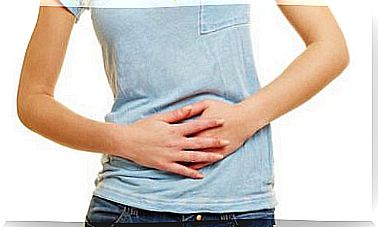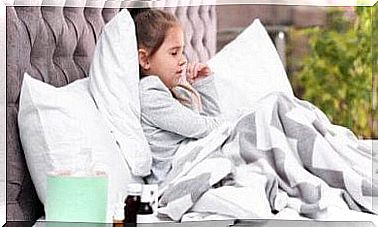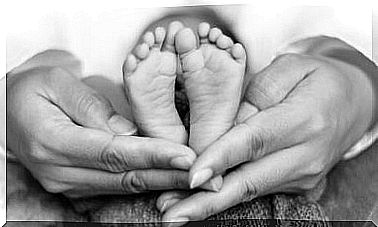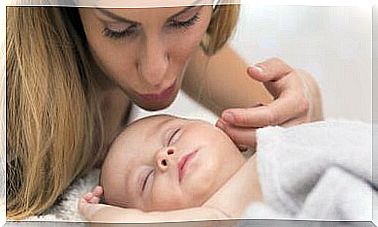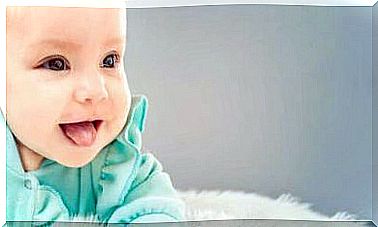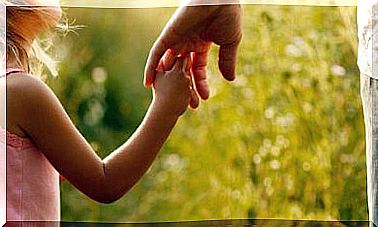How To Prepare, Clean And Sterilize The Bottle

Baby bottles are being used less and less, because most mothers prefer to breastfeed their baby. However, those who use them often find it difficult to follow the instructions to prepare them well. Also, finding a guide explaining the correct way to clean them is not easy.
There are also people who have lost the habit of sterilizing them, which is very risky for the baby’s health. Maintaining impeccable hygiene conditions regarding food is essential in the first months of life.
For this reason we give you all the correct steps to follow to prepare, clean and sterilize the bottle . They are all very practical to make it as easy as possible for you.
Preparation of the bottle
The fact that there is no manual for raising children is absolutely certain. Most of the fundamental actions for caring for a child are learned with practice. For this reason, not even the ability to prepare a bottle comes automatically with motherhood.
To prepare it, we must take into account a procedure that has as its objective the full well-being of the child. The main indications are the following.
- Use bottled water, it can be spring or mineral. Preferably without fluorine and with low fixed residue.
- Each type of formula milk has its own instructions on the label. These refer to the amount of water and powder that we have to use.
- Put the measured powder in warm water, not the other way around.
- Mix well, or shake the bottle, to get rid of most of the lumps.
- Check the temperature of the milk by placing a few drops on your wrist. Do not put it on your hand, as the skin on your hands is more resistant to heat.

Clean and sterilize the bottle step by step
First step
Tools should always be handled with clean hands.
Second step: sterilize
This is very important: before the baby uses the bottle for the first time, it is advisable to sterilize it. It is a form of prevention and safety, always having the well-being of the child as its goal. After its first use, it can be sterilized every two or three uses.
It is essential to wash it carefully and very carefully. The most common way to wash it is with soap and water. Some people get used to sterilizing it after each use.
Third step: cleaning
Immediately after each use, the bottle must be cleaned to prevent milk residues from adhering to the walls of the container. These residues are those that can eventually favor the proliferation of bacteria.
The container, the teat and the cap must be washed separately with hot water, rinsing thoroughly. In this case, you can use a special detergent for bottles, or alternatively also a detergent for dishes.

Fourth step: use of brushes for cleaning the bottle
After carefully washing each of the parts that make up the bottle with soap and water, it is advisable to use special bottle brushes.
These brushes can reach all those areas that are difficult to reach with normal cleaning. The idea is to arrive even where it was not possible to wash well in the previous step. Insisting mainly in the thread of the bottle, as well as in the inner part of the container and in the teat.
Fifth step: let it dry
After cleaning the bottle, each component must be allowed to dry separately. This must be done in a clean place where the air circulates. It is advisable to leave the components of the bottle upside down so that the water drains and does not remain in the container.
Sixth step: put away the bottle
Finally, when each of the parts of the bottle is completely dry, you can put it away in a clean place. A very important note is that it should not be put away assembled, but preferably with the various parts separated.
Here is the clean bottle!
It is now ready to use for the next meal. These steps must be followed each time it is used. If the baby is just born, it is preferable to sterilize it after washing it carefully.
